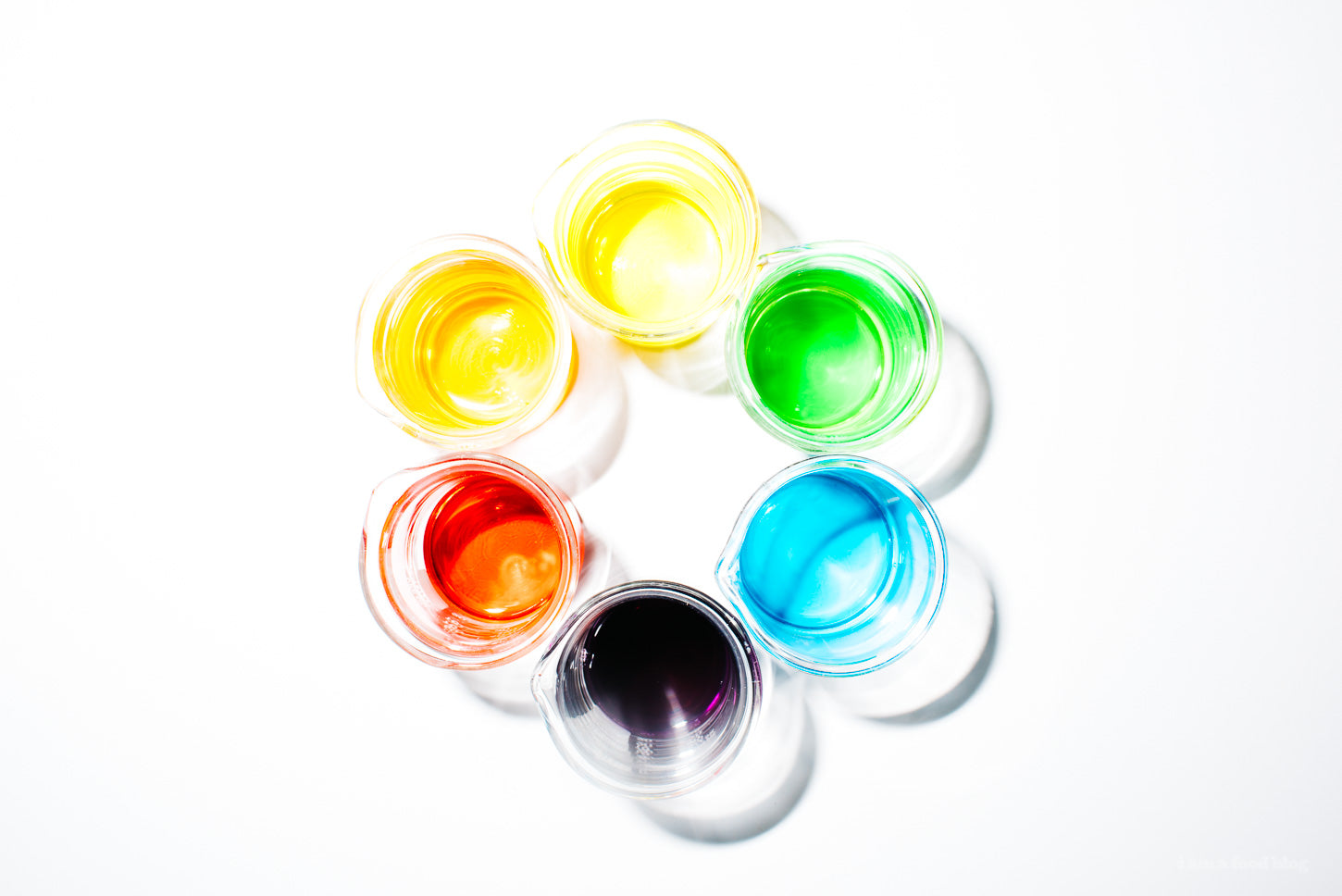Ever find yourself in the hospital, or visit someone in the hospital, look over at their plate and it has Jell-O on it? Weird right? I’ve always thought so at least. I can remember getting sick as a kid and my mom making me drink Jell-O slushies. I thought they were sweet and fruity so I drank them, little did I know my mom was a tiny genius (I mean, let’s be honest, most moms are anyways) trying to give my body nutrients from gelatin. It wasn’t until I was visiting someone recently hospitalized, that I really started to wonder this million-dollar question why do they give you Jell-O in hospitals after all?
Gelatin: A Source of Nutrients That Does More Than Just Make Your Dessert Jiggle
Turns out after I looked into my million dollar question a bit more than Jell-O actually has a pretty power packed ingredient in it called gelatin. Nifty! Gelatin is categorized as a type of protein. Gelatin originates in animal parts and is derived from the partial hydrolysis of collagen (like this one).
What is Gelatin, anyways?
Colorless and tastless, Gelatin is a water-soluble protein that’s used in making jellies, processing photographs, and even in glue, like the one you rubbed all over your hands when you were a kid before eating Jell-O at snack time (ha!). Similar to glue, the gelatinous quality of gelatin gives it a glue-like structure, or a sticky adhesive, which in turn makes it beneficial to our bodies. Gelatin encourages our bodies to form elastic characteristics within the connective tissues and cartilage.

Why Do They Give Hospital Patients Jell-O?
Considering how easily digested Jell-O is because of it’s smooth, liquid characteristics, patients in hospitals are given the nutrient dense protein for more reasons than just taste and digestion. It also proves to be a good source of calories because of the sugar content. To take our understanding of why they do a step further, let’s break it down by the nutrient content.
Gelatin is Made of Glycine and Proline
Two key amino acids, glycine, and proline are often under-consumed in the modern diet. These two nutrients are derived from the fibrous tissues, organs, and bones of animals. I mean, it makes sense, doesn’t it? When was the last time you ate organ meat? Ever? Probably not.
That being said, most people fail to consume them in fair amounts, enough to provide a benefit to the body that is. Glycine alone makes up about 1/3 of the amino acids in gelatin and the benefit to humans, and hospital patients specifically, is greatly encouraged.
Why Is Glycine Good For People?
Glycine, the amino acid found in gelatin, has anti-inflammatory properties that not only accelerate wound healing, but they improve the quality of an individual’s sleep. [2,3] A couple of other reasons include the ability for glycine to work within the body as an inhibitory neurotransmitter which works similarly to antidepressant medications without the junk complications and side effects.
Jell-O for the win!
Related: 5 Foods “Supposed” To Help With Collagen Production

Collagen vs Gelatin: What’s The Difference?
Now if you’re familiar with the benefits of Collagen (like this one) you may be sitting there asking yourself, well, if gelatin is made up of glycine and proline, is gelatin the same as collagen? In short, gelatin is simply the cooked form of collagen. Meaning that while yes, they do have the same amino acids, they have different chemical properties.
Is there a difference between collagen and gelatin? Yes. Essentially, collagen is processed more intensively, which actually breaks up the proteins into smaller pieces for mixing and digestion. Whereas gelatin is better for making snacks and desserts, collagen is better used when mixed into food and beverages with ease. The two are not interchangeable. Collagen doesn’t jell like gelatin and collagen will dissolve in hot/cold liquids without making them solids.
Related: The Ultimate Guide To Collagen
How to Use Gelatin
The best way to use gelatin is when creating a jell or jellies. When you think gelatin, think jiggly! The things you can make with gelatin include homemade fruit snacks, Jell-O, marshmallows, soups, and sauces (as a thickening agent), or even baked goods (it’s a great binder).
How to Use Collagen Hydrolysate
Hydrolyzed collagen, like the one that Swolverine carries, is a much easier way to include glycine and proline in your diet and receive the same benefits as gelatin. Not to mention since it’s flavorless and colorless, and the protein is broken down into much smaller pieces by the process of hydrolysis (read more about hydrolysis here), you can add the powder to a lot more things than just Jell-O.
Some ideas include adding collagen to hot/cold coffee, smoothies, soups, sauces, water, food, and baking with it. I recommend this Collagen Protein Powder from Swolverine over any other collagen powder on the market.
Related: What Are The Benefits Of Taking Collagen Supplements
All in all, every individual can benefit from a little Jell-O, or more specifically gelatin and collagen, to help with various functions within the human body. I’m not sure if you’ve ever been hospitalized, but usually, when you are, the last thing on your mind is eating. In the hospital, Jell-O finally seems to make sense and good sense at that!
If you’re not looking to be hospitalized sometime soon and you’re looking to improve your amino acid profile and overall health, we recommend supplementing with Swolverine’s Hydrolyzed Collagen Peptide Powder.
SWOLVERINE Collagen Protein is made with pure hydrolyzed collagen peptides. Unflavored and virtually tasteless, you can add it to your coffee, smoothies, shakes, and even to your baking recipes to get an added boost of protein whenever you may need it. Collagen can help replenish your body with the vital protein you need to build lean muscle mass, strength, and help support healthy joints and glowing skin.*
Shop Swolverine's 45 Serving, Unflavored, Collagen Protein by Clicking HERE
References
- Bavelloni A, Piazzi M, Raffini M, Faenza I, Blalock WL. Prohibitin 2: At a communications crossroads. IUBMB Life. 2015;67(4):239-54.
- Frasca G, Cardile V, Puglia C, Bonina C, Bonina F. Gelatin tannate reduces the proinflammatory effects of lipopolysaccharide in human intestinal epithelial cells. Clin Exp Gastroenterol. 2012;5:61-7.
- Bavelloni A, Piazzi M, Raffini M, Faenza I, Blalock WL. Prohibitin 2: At a communications crossroads. IUBMB Life. 2015;67(4):239-54.




